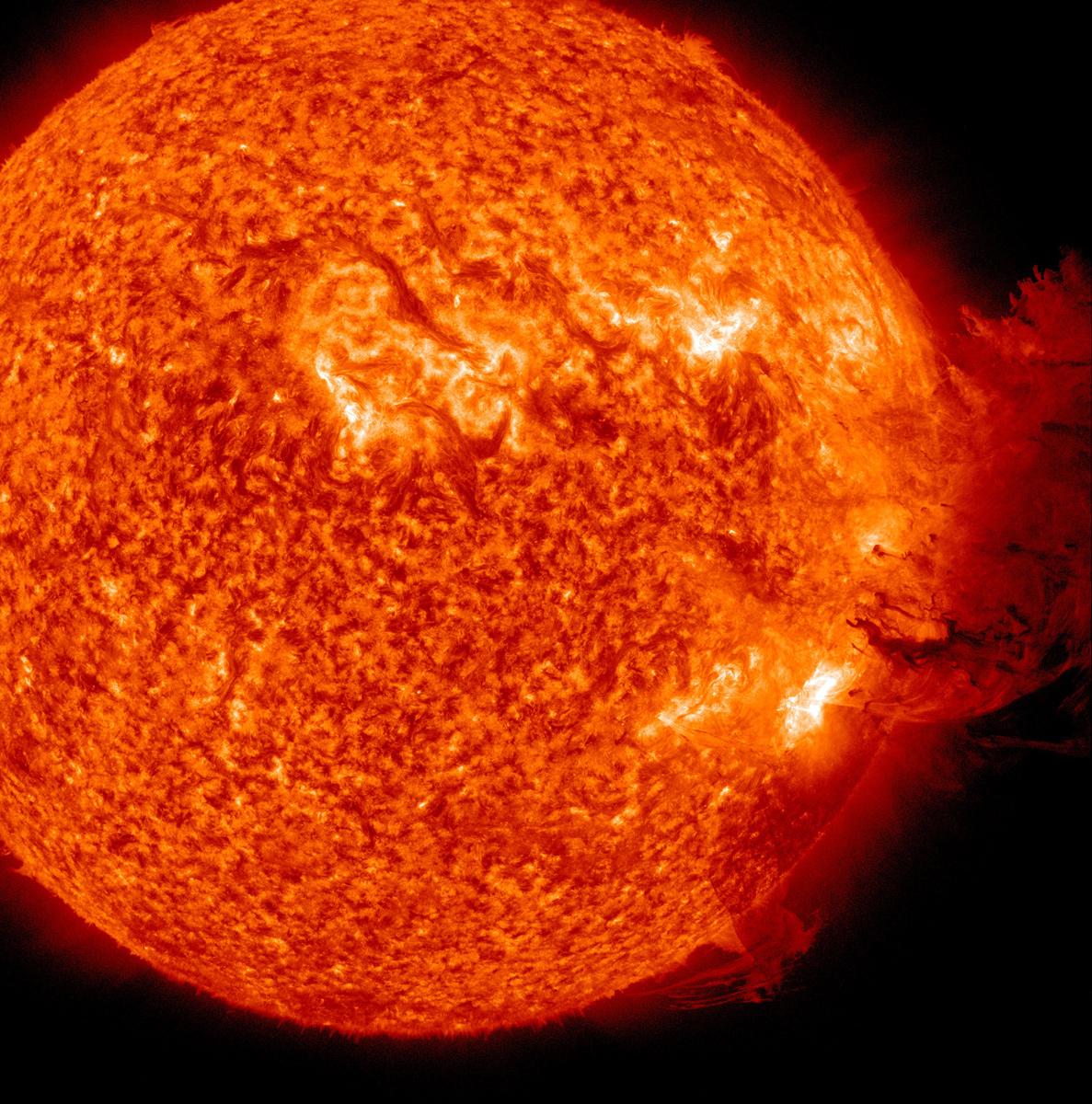- Collaborate with other content and special education teachers to coordinate strategies and methods for success.
- Assist students in setting and monitoring appropriate science goals. Integrate varied methods and activities, such as visual demonstrations, PowerPoint, videos, and technology simulations into science lessons based on student learning styles.
- Model use of learning strategies such as verbal rehearsal and previewing key concepts in chapters to help students read, organize, and memorize science content.
- Review vocabulary prior to science lessons.
- Provide an overview of the science textbook’s organizational features, such as charts, introductory sections, definitions, and summaries.
- Use mnemonics for content to be memorized.
- Use visual displays such as outlines, webs, and charts to introduce and highlight key ideas.
- Relate science content to overall themes and organizing concepts such as change, ecology, and equilibrium.
Quelle: NSTA, Marcee Steele (steelem@uncw.edu) is a professor in the Watson School of Education at the University of North Carolina Wilmington.



